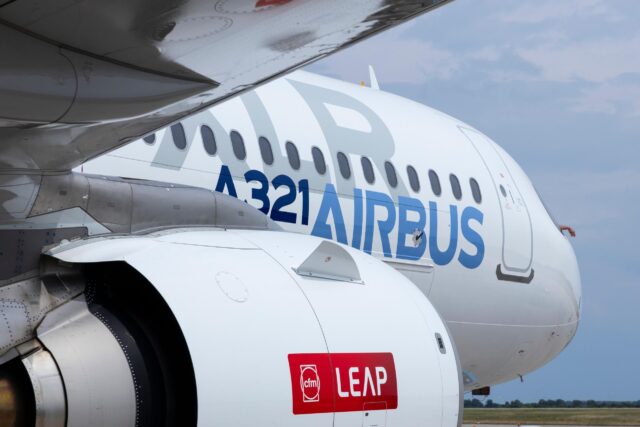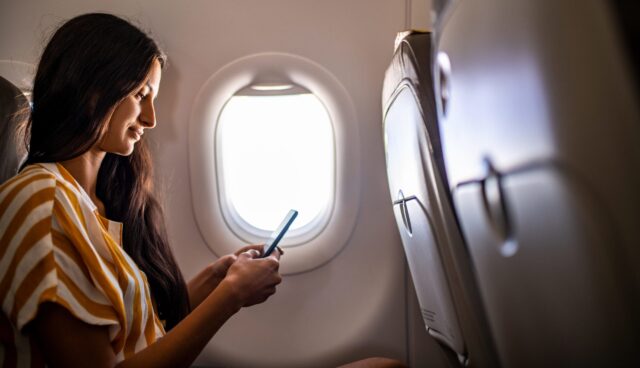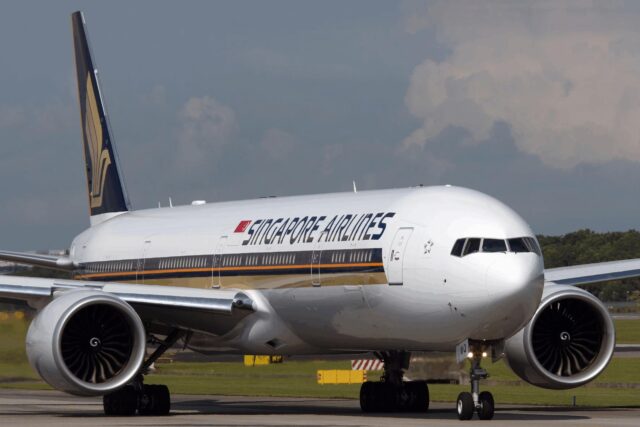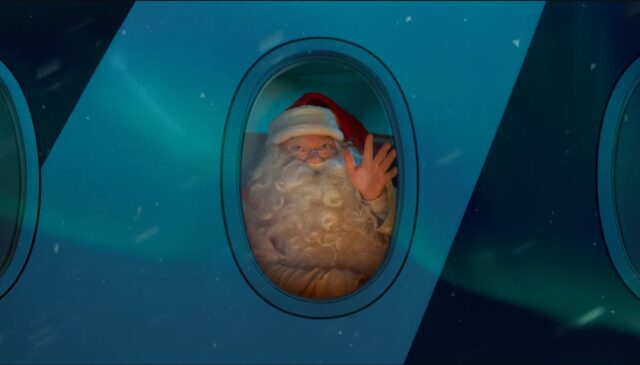Kingfisher progress
November 27, 2024

The Canadian armed forces purchased 16 CC-295 Kingfisher search and rescue aircraft from Airbus Defence & Space to meet Canada’s Fixed Wing Search and Rescue Aircraft Replacement (FWSAR) requirement. The initial contract was for $2.4 billion and covered 11 years (to 2027), with the first six years covering the acquisition, transition and set-up, followed by five years of in-service support.
The FWSAR requirement outlined a replacement for the existing SAR fleet of six CC-115 Buffalo and ten CC-130H Hercules aircraft. The aircraft was selected over the Leonardo C-27J and a contract for 16 aircraft was signed on 1 December 2016, largely on cost grounds, since the C-27J enjoyed superior speed, payload and range.
five of the 16 aircraft are now in Comox. Canada accepted the fifteenth aircraft in Spain in December 2023. In May 2023, initial aircrew and maintenance training was completed.
The RCAF explained the name adopted for the CC-295 in a press release, saying that: “Within the First Nations of the Northwest, the kingfisher has long been recognized for its speed and agility, as well as its keen searching and hunting skills. Found all across Canada, the kingfisher well represents the abilities of our own search and rescue crews to accomplish their lifesaving role.”
The CC-295 is based on the improved C295W variant of the C295 with the same drag-reducing winglets, which reduce fuel consumption, boost range, increase payload, and improve safety margins. The aircraft has a Night Vision Imaging System (NVIS)-compatible cockpit and an Enhanced Vision System (EVS), giving better night and all-weather capabilities.

The CC-295 has a crew of two pilots, one flight engineer, one Air Combat Systems Officer (ACSO) and two SAR technicians, the latter taking advantage of Airbus’ patented FITS (Fully-Integrated Tactical System) mission system. This allows sensor pictures and other data sources to be processed, fused and displayed. “We can fuse all that information, whether it’s from the camera, the radar and then all our maps, they’re overlaid as well. So we can insert search patterns and do our best to find people in distress,” said Major Simon Brochu, Deputy CO of No.418 Squadron, RCAF.
Onboard sensors include an Elta ELM-2022A lightweight X-band maritime multi-mode search radar with a max range of 200 nm, and capable of tracking more than 100 contacts. This is augmented by a Wescam MX-15 Electro-Optical/InfraRed (EO/IR) turret with multi-spectral imaging, and an Automatic Identification System (AIS) that can be used to identify and locate suitably equipped ships, aircraft, and bases. There are also large bubble windows for visual observation.
The RCAF has said that the integrated sensor suite will allow crews to locate persons or objects from more than 40 km, even in low-light conditions, while the communications suite will increase interoperability with other search and rescue assets, such as the CH-149 Cormorant helicopter.
To meet Canadian requirements, Collins Aerospace Pro Line Fusion avionics were fitted, as well as reinforcements to the lower rear fuselage to improve ditching characteristics while an upper escape hatch was provided for rapid evacuation in the event of a ditching. The main landing gear is fully enclosed, and vortex generators are installed on the rear ramp to reduce aerodynamic drag, improving performance and time-on-station. The aircraft also has provisions to allow operations from unprepared runways.

After the implementation of project approval and the contract award on 1 December 2016, the first CC-295 (tail number 501) rolled off the assembly lines in October 2019 and was accepted by the Royal Canadian Air Force at Getafe in Spain on 18 December. The aircraft was delivered to Comox in British Columbia on 25 September 2020, and the de Havilland Canada CC-115 Buffalo (which it was intended to replace) was retired in January 2022 as scheduled. The first aircraft was preceded by a single airworthy C295 delivered as a non-flying Aircraft Maintenance Trainer (AMT) that was flown to Comox, disassembled and then reassembled inside the new SAR training centre.
But plans for the new aircraft type to achieve IOC by the summer of 2022 were thwarted when it became apparent that the design and development of the aircraft’s specialised capabilities would take longer than anticipated, while unforeseen technical issues and the Covid-19 pandemic also caused delays. A DND press release noted that: “While the delay is unfortunate, these types of issues are not unusual given the complexity of the capability being developed.”
The RCAF will eventually operate the new type with No.19 Wing at CFB Comox (BC), No.17 Wing at CFB Winnipeg (Manitoba), No.8 Wing at CFB Trenton (Ontario), and No.14 Wing at Greenwood (Nova Scotia). Each base will have three aircraft, apart from Comox which hosts the SAR training centre and which will have five aircraft. The two remaining aircraft will be positioned as required to support operations, or to cover aircraft undergoing maintenance.
On 25 November 2024, the RCAF announced on social media that the CC-295 Kingfisher has now completed the rescue phase of Operational Test & Evaluation, successfully proving its SAR capabilities in challenging conditions. Initial operational capability is expected in 2025-2026, with full operational capability following in 2029-2030. It will be a critical asset for Canada’s SAR operations.
















